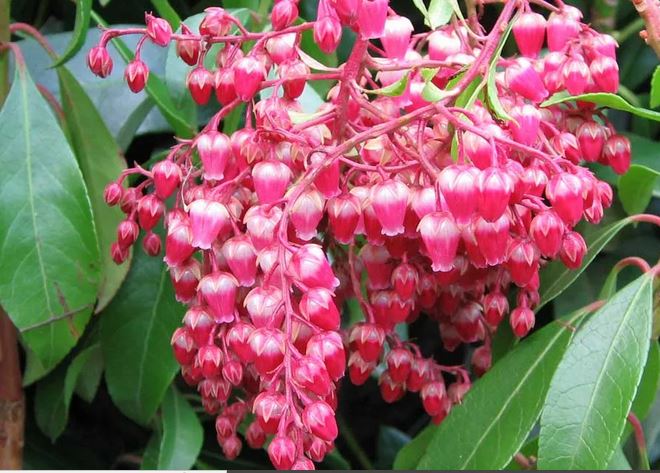Plants and your Pet at Easter
Throughout this Easter celebration there will be many treats and temptations of an edible nature for us humans. However, if you have pets in the home, please be aware that those same treats that we enjoy can spell sudden severe illness, even death in some cases, for your beloved family companion. Even though the severity of reactions to different types of foods differs between species, your pet's life is too precious to be momentarily careless. So, please treat all of your pets the same during the upcoming celebration.
The leading poisonous plant for cats at this time of year is an Easter lily. Just one leaf can lead to dehydration, intense abdominal pain and potentially lethal kidney failure.
Please, please, please keep Easter lilies away from cats. In fact, as beautiful and symbolic to the Easter seasons that Easter lilies are, do not bring them into the house at all. If you see your cat chewing on an Easter lily, get him or her to your vet ASAP.
Several other common houseplants have calcium oxalate crystals, which, if chewed, can lead to painful mouth and tongue lesions. The cat will often drool and stop eating. Some cats recover quickly and others need medical assistance. Houseplants that can cause mouth pain include:

Dieffenbachia
(Dumb Cane)

Philodendron


Mother in Law tongue
(Monstera)

Shamrock


Pothos
(Epipremnum)

Pieris Japonica
Lily-of-the-Valley Bush
Andromeda

Dracaena
 One more Another potentially painful plant is the Janet Craig or Dracaena, pictured to the right. This plant can cause breathing difficulty, drooling, vomiting and abdominal pain.
One more Another potentially painful plant is the Janet Craig or Dracaena, pictured to the right. This plant can cause breathing difficulty, drooling, vomiting and abdominal pain.
I have had direct experience with one of my cats who had taken just one chew of a Dieffenbachia plant in our home. Ari had never touched the houseplants but this one particular day I caught him just starting to chew on a very large Dieffenbachia we had. Knowing how potentially dangerous that plant could be, I was horrified and pulled him away from it, immediately. For the first three or four minutes he seemed fine. Within the next three minutes, however, he had moved from his perch on the couch to the hallway, about 15 feet away and when into a violent seizure. We were helpless. There was nothing we could do to stop the seizure and by the time I had gotten through on the telephone to his veterinarian the seizure had stopped. Ari survived his seizure relatively unscathed. The plant was removed from the house.
To have a cat safe home, make sure all of the plants you own are non-toxic. ASPCA.org has a comprehensive list of toxic and non-toxic plants.
![]()
